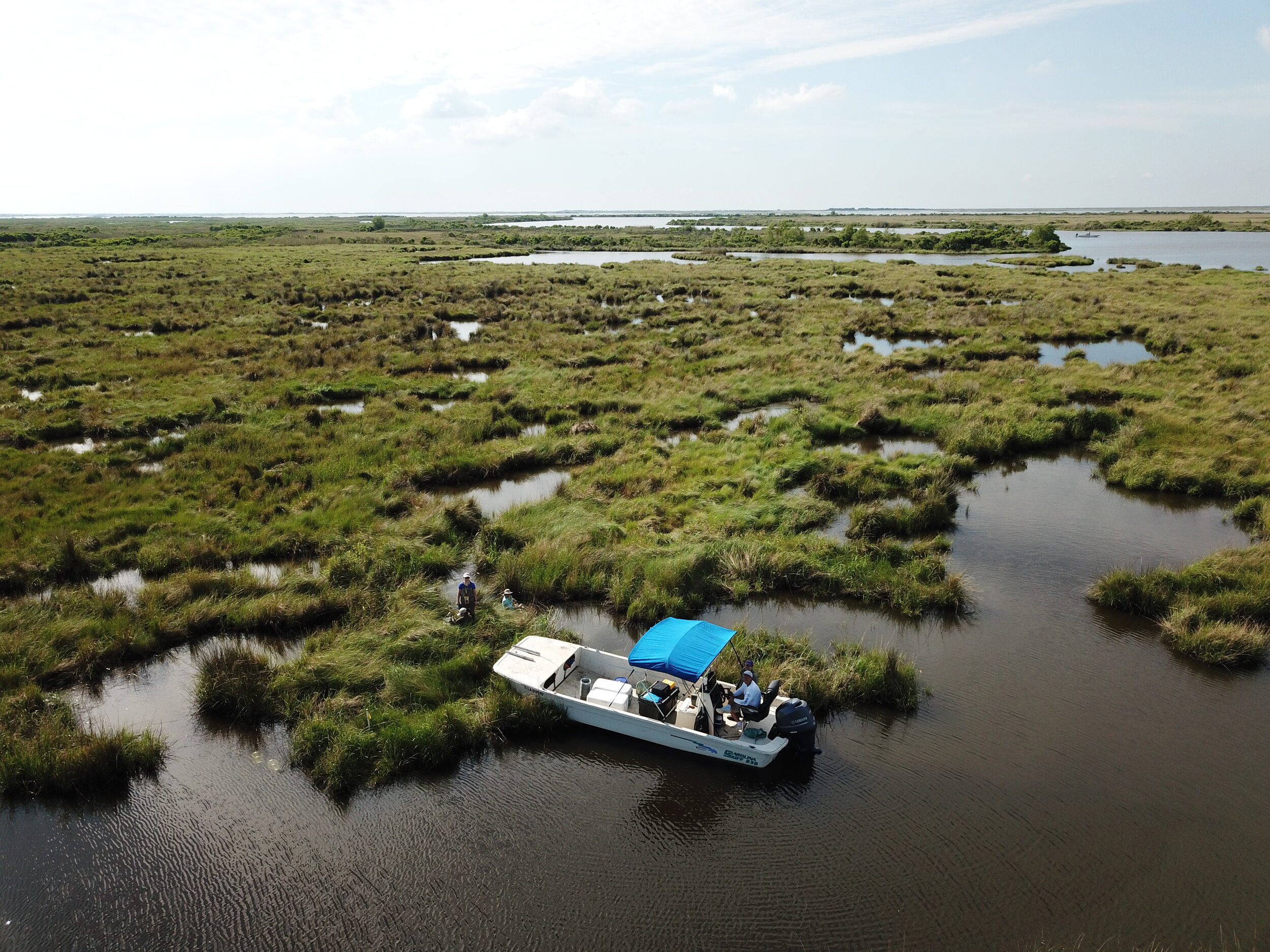
Research Objectives
LARVAL ECOLOGY
To identify the biological and physical processes that determine larval success (recruitment) of fish and invertebrates and to measure connectivity rates among populations and ecosystems. To describe the role of larval behaviors and tidal currents on dispersal and recruitment
Fiddler Crab (Larvae)
Fiddler Crab (Adult Female)
CIRCATIDAL CLOCKS
To identify the clock genes that control tidal rhythmic behaviors in crab larvae and to understand how the expression of those clock genes changes in areas with different tidal regimes. To describe the role of chemical communication between embryos and female crabs and the effects of thermal stress on embryo development and the entrainment of the circatidal clock.
FOOD WEBS
To evaluate the relative importance of the different components of coastal food webs (producers, consumers) by measuring the strength of trophic interactions using dietary biomarkers and to measure the sensitivity of these food web components to different environmental stressors.
MARSH BIODIVERSITY AND RESTORATION
To determine whether newly-created marshes are functionally equivalent to references sites by comparing biodiversity, trophic interactions, and habitat use patterns of coastal fish and invertebrates within these two types of marshes. To identify effective and practical metrics to assess restoration efforts and inform future constructions.
Please visit our project website to learn more about this work: https://restorefoodweb.lumcon.edu/
Research Locations
LOUISIANA
Campsite at Happy Jack (Port Sulphur)
SOUTH CAROLINA
Belle Baruch Marine Field Station (Georgetown)
NEW JERSEY
Rutgers University Marine Field Station (Great Bay)
FLORIDA
FSU Coastal and Marine Laboratory (St. Teresa)
PANAMA
Smithsonian Tropical Research Institute (Panama City and Bocas Del Toro)



